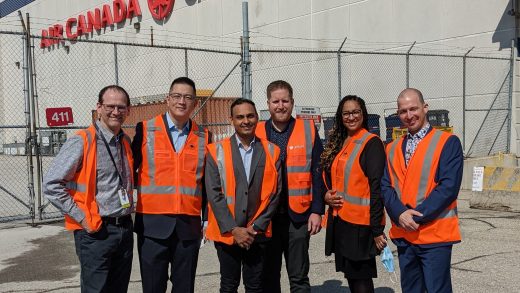On Nov. 26, 2022 a SpaceX Falcon 9 rocket departed from departed from NASA’s Kennedy Space Center in Florida to deliver supplies to the International Space Station. Among the 7,700 pounds of cargo on board, it is safe to say that the smallest delivery that day were a bunch of frozen bacteria.
In an interdisciplinary collaboration, a group of scientists from NASA, MIT Media Lab, NREL, SeedHealth and others, bioengineered a plastic-eating bacteria to be able to upcycle plastics. Mashable met with some of them to find out how the bacteria works, why it was it was sent to space, and how it can help humanity tackle plastic pollution in space as well as on Earth.
Source : Why are we sending plastic-eating bacteria to space?











